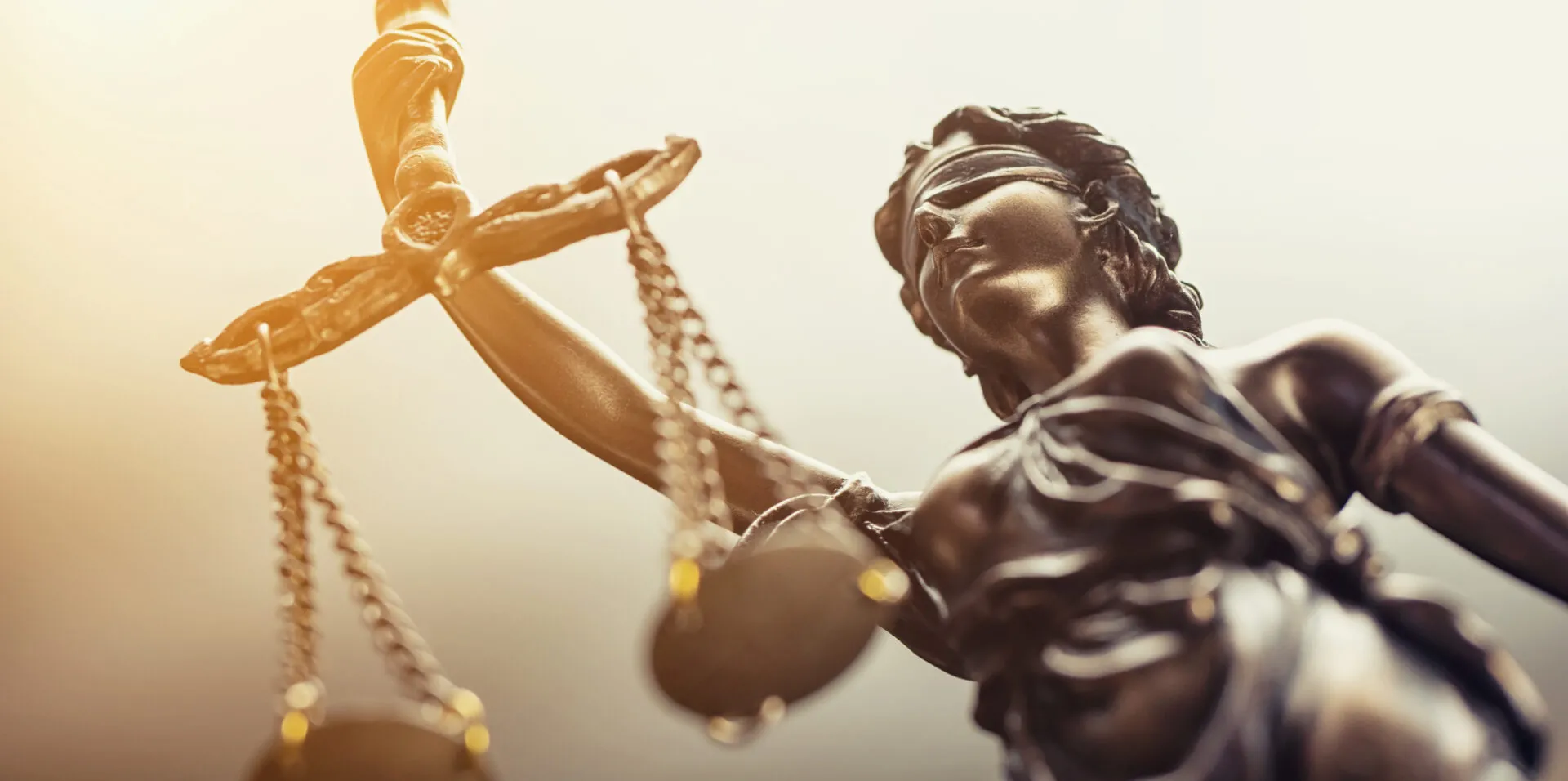Have Questions? Contact Us.
Since its inception, NYCLA has been at the forefront of most legal debates in the country. We have provided legal education for more than 40 years.

In my last blog post on this case I promised a follow-up on the oral argument on this important, and dangerous, “independent state legislature theory” case. From the questioning it is apparent that Justices Thomas, Alito and Gorsuch are all-in on this cockamamie theory that puts democracy at risk without any support in the language of the Elections Clause, as a textualist ought to require, and without any sound evidence of historical intent, as an originalist ought to require. These purported textualists and originalists are willing to follow their Republican and Federalist Society bosses to permit Republican controlled state legislatures to gerrymander themselves into power as they see fit. Sorry to be so blunt but that is the reality.
Justice Kagan, on the other side, plainly recognizes the risks to democracy, which as my last blog post indicated includes gerrymandering but goes well beyond it. Presumably Justices Sotomayor and Jackson will agree with her. (There are no liberal men on the Supreme Court anymore.)
The views of Chief Justice Roberts and Justices Kavanaugh and Barrett are less clear. Each of them seems to recognize the significance of the case and each seems to be inclined to find a middle way, but given the ridiculous nature of what the petitioners seek to accomplish what that middle ground might be is hard to discern. Certainly the petitioners didn’t push for a drive down the middle of the road, and almost none of the many amicus briefs did either. Those briefs, including the one NYCLA participated in, mostly screamed “don’t do it!” Justice Roberts certainly recognizes the disruptive impact the decision could have if state legislatures are permitted to engage in a large range of anti-democratic behaviors that are not subject to judicial review, as the independent state legislature theory posits. Justice Kavanaugh does too, and he may prove to be the swing vote. As Professor Akhil Amar stated at the time of his confirmation hearing, when the teenage sex assault allegations were being raised, Brett Kavanaugh is the best possible justice who could ever be nominated for the Supreme Court during a Trump Administration.
The views of Amy Coney Barrett are even harder to ascertain. She has done what she was appointed to do, which was to overrule Roe v. Wade, and now that her primary task has been accomplished how she evolves as a justice will be interesting to watch. Her conservative and Catholic credentials will affect her judging, but she is a serious scholar even if I may disagree with many of her views.
I expected to be in complete despair after the argument and it wasn’t actually as bad as I feared. But if the line-up is as I’ve indicated, it’s making me ask who was the fourth vote to grant certiorari? It takes four justices to take a case, but five to decide it. If three justices may be waffling, and if the importance of the case to democracy was apparent when certiorari was granted, which it was, then who joined with Thomas, Alito and Gorsuch to grant certiorari?
While the argument was not as bad as I feared, this is still a very dangerous case for democracy.
And, seeking a middle of the road approach in the Supreme Court as an exit or off-ramp (if you’ll forgive the mangled metaphor), when nobody advocated for any such approach at the Supreme Court or below, is not an ideal way to litigate important constitutional principles. You’re supposed to test those principles before they get to the highest court in the land. Perhaps the best way out would be for the Court to DIG the case, i.e., Dismiss it as having Improvidently been Granted review.
Richard P. Swanson
Vice President, NYCLA
The views expressed here are those of the author, and do not necessarily represent or reflect the views of NYCLA, its affiliates, its officers or its Board.